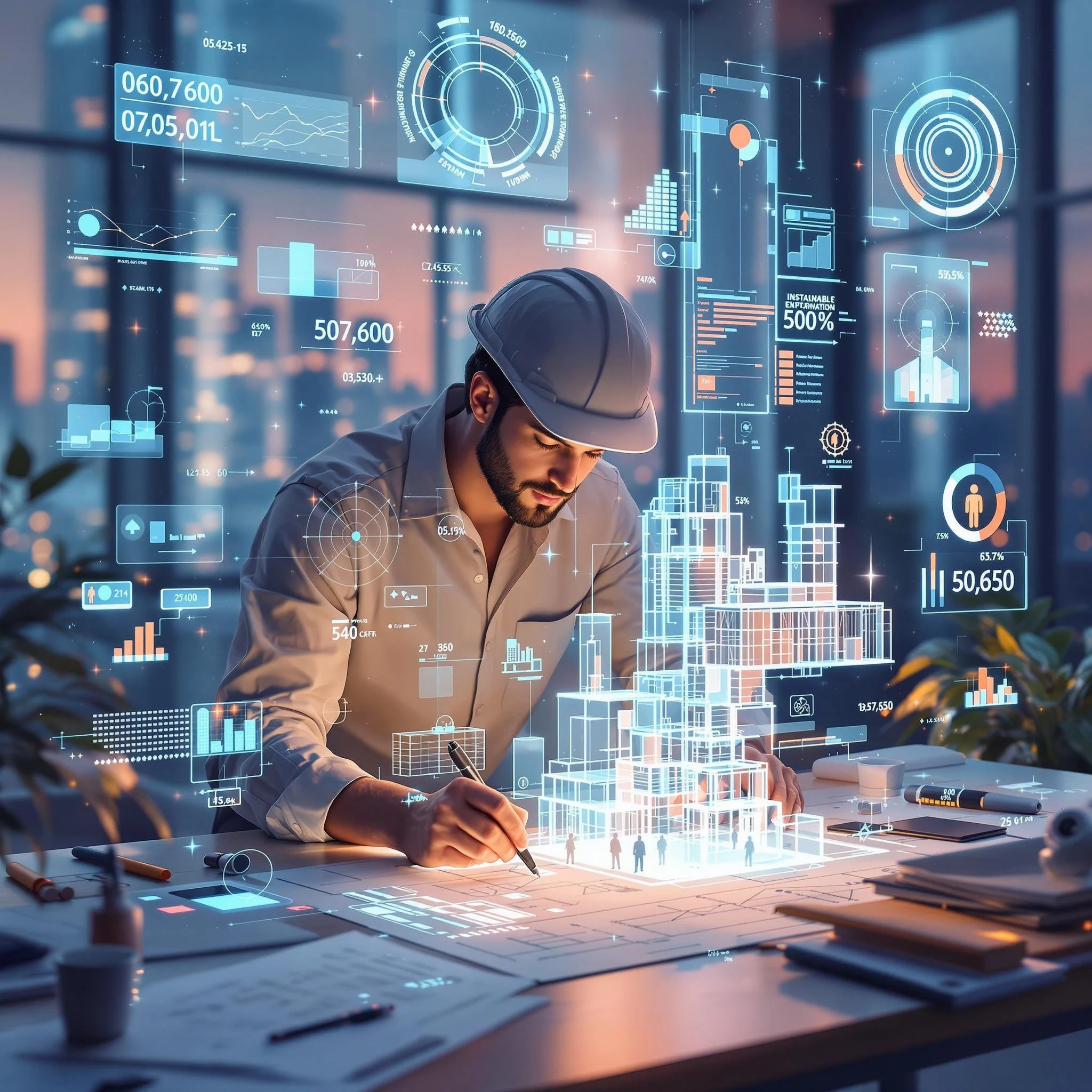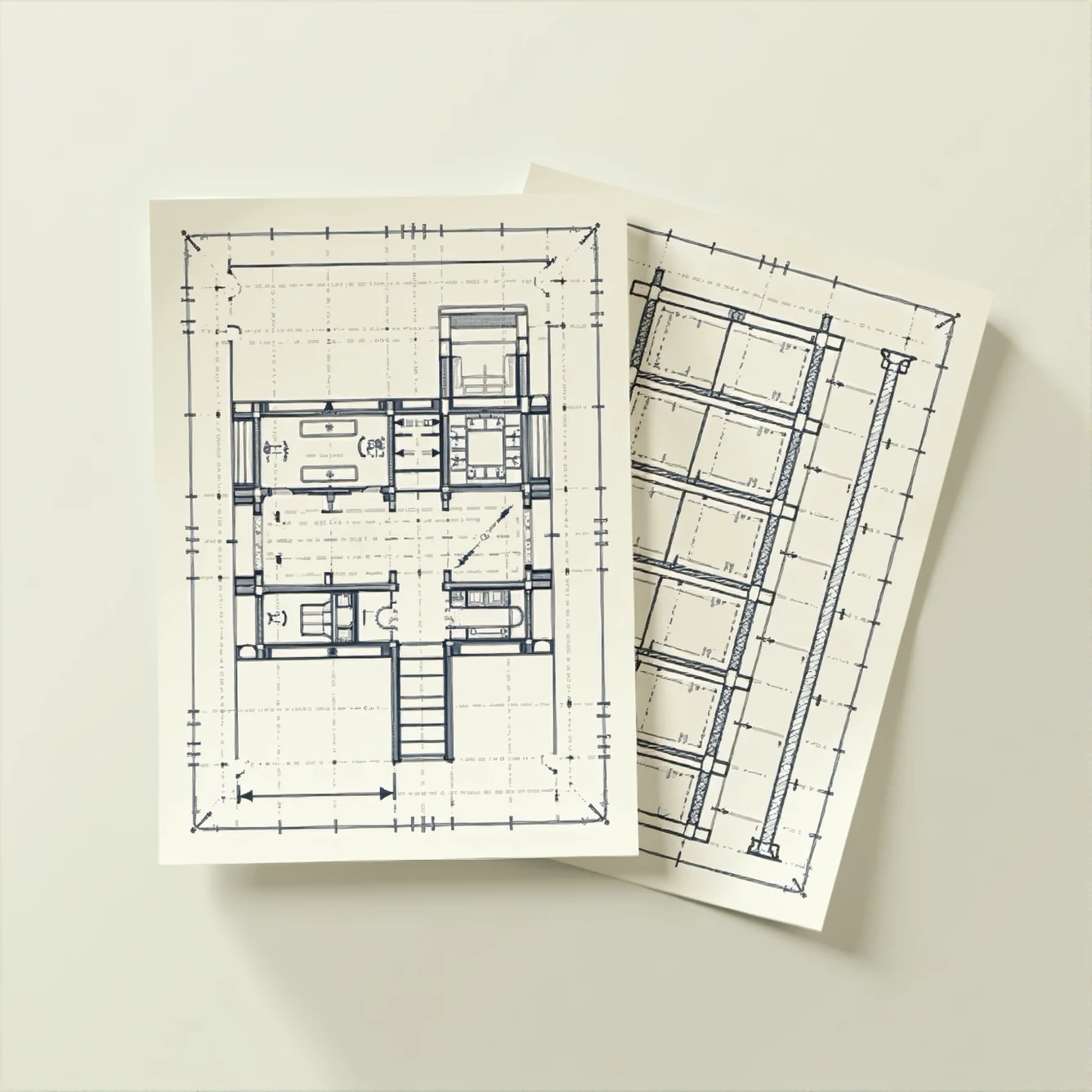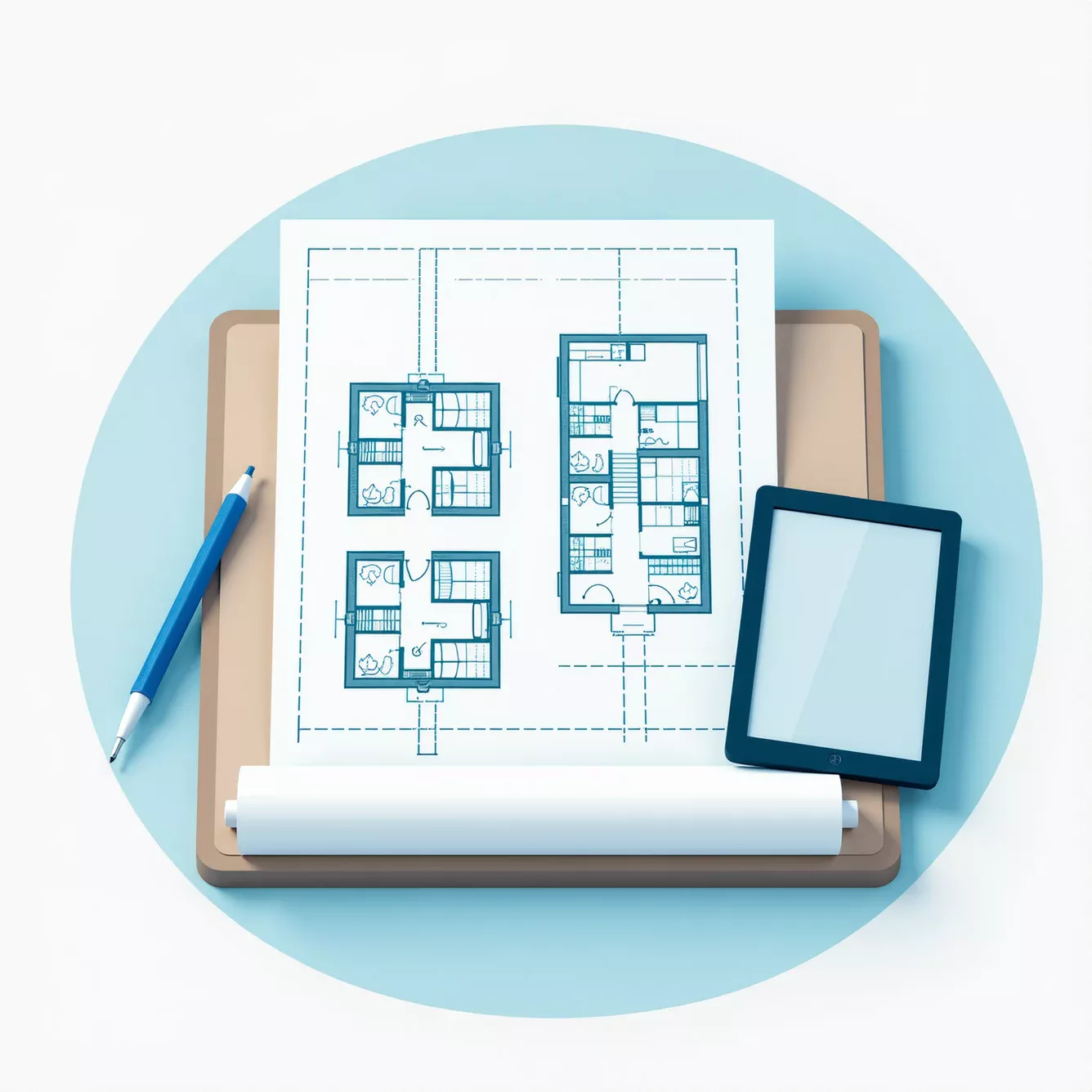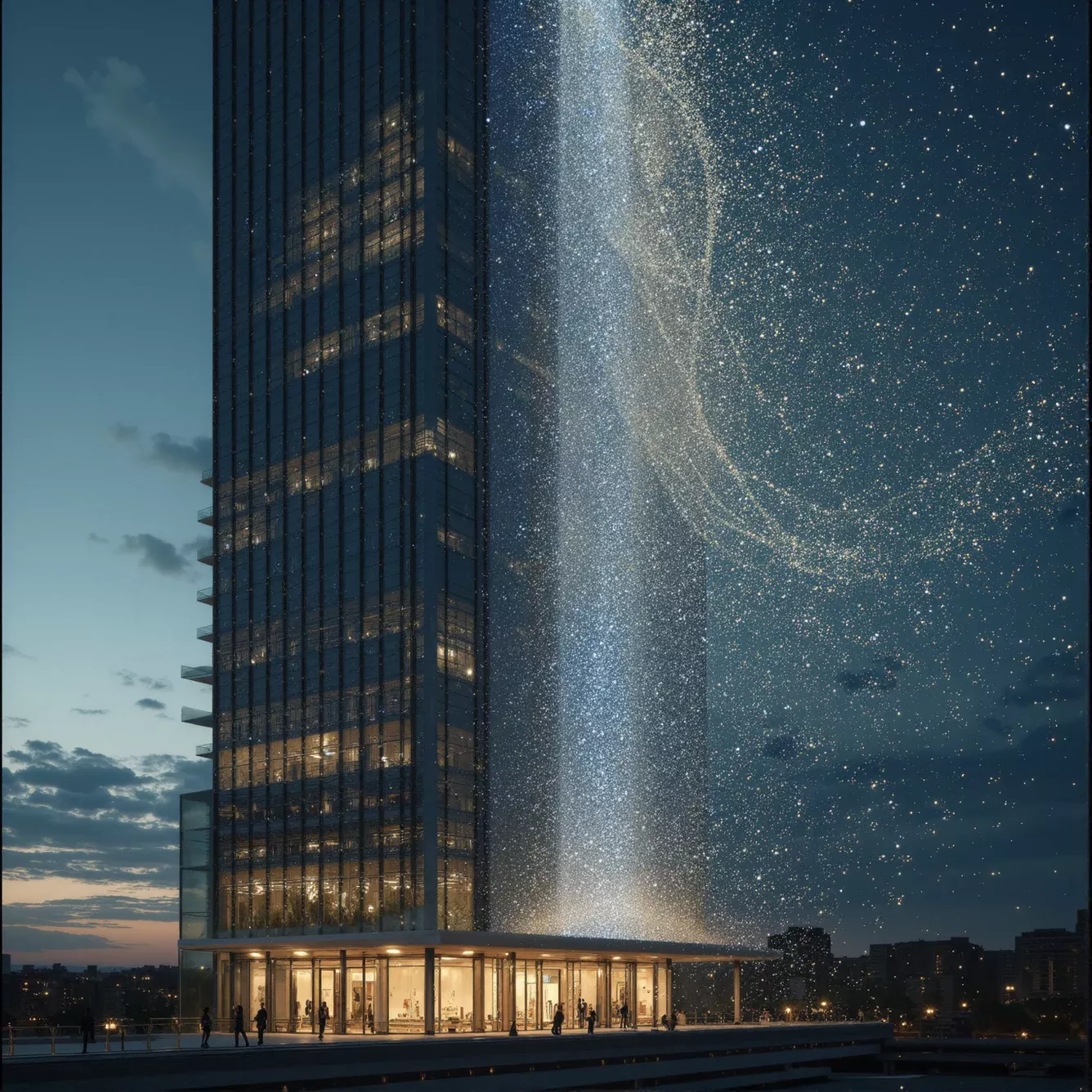
The Future of Digital Architecture: How 2030 Will Transform Design Forever
The quiet hum of a 3D printer fills a sunlit architectural studio as it materializes the latest design iteration. Nearby, an architect fine-tunes a building's energy efficiency using AI-powered software, while her colleague conducts a virtual reality walkthrough with a client from across the globe. This isn't a scene from science fiction – it's a glimpse into the architectural workplace of 2030, and it's closer than we think.
The Great Digital Transformation
Architecture has always been a blend of art and science, but the digital revolution is redrawing the boundaries of what's possible. As we approach 2030, the profession stands at a pivotal moment, where technology isn't just changing how we design buildings – it's fundamentally altering what buildings can be.
Traditional architectural practices are rapidly evolving. Where once stood drawing boards now stand holographic displays. Physical models are giving way to digital twins. Even the very notion of architectural creativity is being redefined through collaboration with artificial intelligence.
AI: The New Team Member
Artificial intelligence in architecture isn't replacing human creativity – it's amplifying it. By 2030, AI will serve as a sophisticated design partner, handling complex calculations and generating innovative solutions while architects focus on the human elements of design.
Consider the transformation of ENGINYRING's sketch-to-digital service. Today, it converts hand drawings into digital formats. By 2030, it will likely evolve into an intelligent system that not only digitizes sketches but suggests improvements, analyzes structural integrity, and ensures compliance with building codes – all in real-time.
"The role of AI isn't to design buildings," explains architectural futurist Sarah Chen, "it's to explore millions of possibilities in seconds, letting architects make better-informed decisions."
Virtual Reality: From Visualization to Creation
Virtual reality is transcending its role as a presentation tool to become the primary design environment. Architects are moving beyond simple walkthroughs to actually designing within virtual spaces, manipulating buildings with gesture controls, and collaborating with teams globally in shared virtual environments.
The implications are profound. Clients no longer need to interpret 2D drawings or even 3D renderings – they can walk through their future buildings before construction begins. Design reviews happen in real-time, with stakeholders from around the world meeting in virtual spaces to discuss and modify projects instantly.
Digital Twins: Buildings That Think
Perhaps the most revolutionary development approaching 2030 is the widespread adoption of digital twins. These aren't just 3D models – they're living digital replicas of buildings that think, learn, and adapt.
ENGINYRING's scan-to-BIM service is already laying the groundwork for this future, creating precise digital models of existing structures. By 2030, these models will evolve into sophisticated digital twins that monitor everything from energy usage to occupant behavior, automatically adjusting building systems for optimal performance.
The Sustainable Revolution
Sustainability isn't just a buzzword – it's becoming the core of architectural design. By 2030, every design decision will be informed by its environmental impact, powered by advanced simulation tools that predict a building's carbon footprint throughout its entire lifecycle.
Buildings will become active participants in their own sustainability. Smart materials will adapt to environmental conditions, while AI systems optimize energy usage in real-time. The integration of these technologies with ENGINYRING's drafting services means that sustainable design features can be accurately documented and implemented from the earliest stages of design.
Breaking Down the Barriers
The democratization of architectural technology is perhaps the most exciting trend approaching 2030. Tools that were once accessible only to large firms are becoming available to individual practitioners and small studios.
Cloud computing and automated systems are leveling the playing field. Small firms can now access powerful design tools and collaborate with specialists globally, while automated documentation systems handle time-consuming tasks that once required large teams.
The Human Element
Despite all this technological advancement, the human element of architecture is becoming more important, not less. As routine tasks become automated, architects are free to focus on the aspects of design that machines can't handle – understanding human needs, creating emotional connections, and crafting meaningful spaces.
"Technology is freeing architects to be more creative," notes urban design expert Michael Rodriguez. "When you're not bogged down with technical calculations and documentation, you can focus on the art of architecture."
Preparing for Tomorrow
The path to 2030 isn't about waiting for the future to arrive – it's about preparing for it today. Architectural practices need to start adapting now, integrating new technologies gradually while maintaining their core design principles.
Here's what forward-thinking firms are doing:
- Investing in training and education
- Experimenting with emerging technologies
- Building digital workflows
- Fostering a culture of innovation
The Reality Check
While the future of digital architecture is bright, it's important to acknowledge the challenges. Privacy concerns, data security, and the need for new regulatory frameworks are all issues that the industry must address.
Conclusion
As we approach 2030, the future of architecture looks remarkably different from its past, yet its fundamental purpose remains unchanged – creating spaces that enhance human life. The tools may be digital, but the vision is still profoundly human.
The architects who will thrive in 2030 are those who embrace these changes while remembering that technology is a means to an end, not the end itself. The future belongs to those who can harness digital tools to create architecture that's not just smart, but meaningful.









